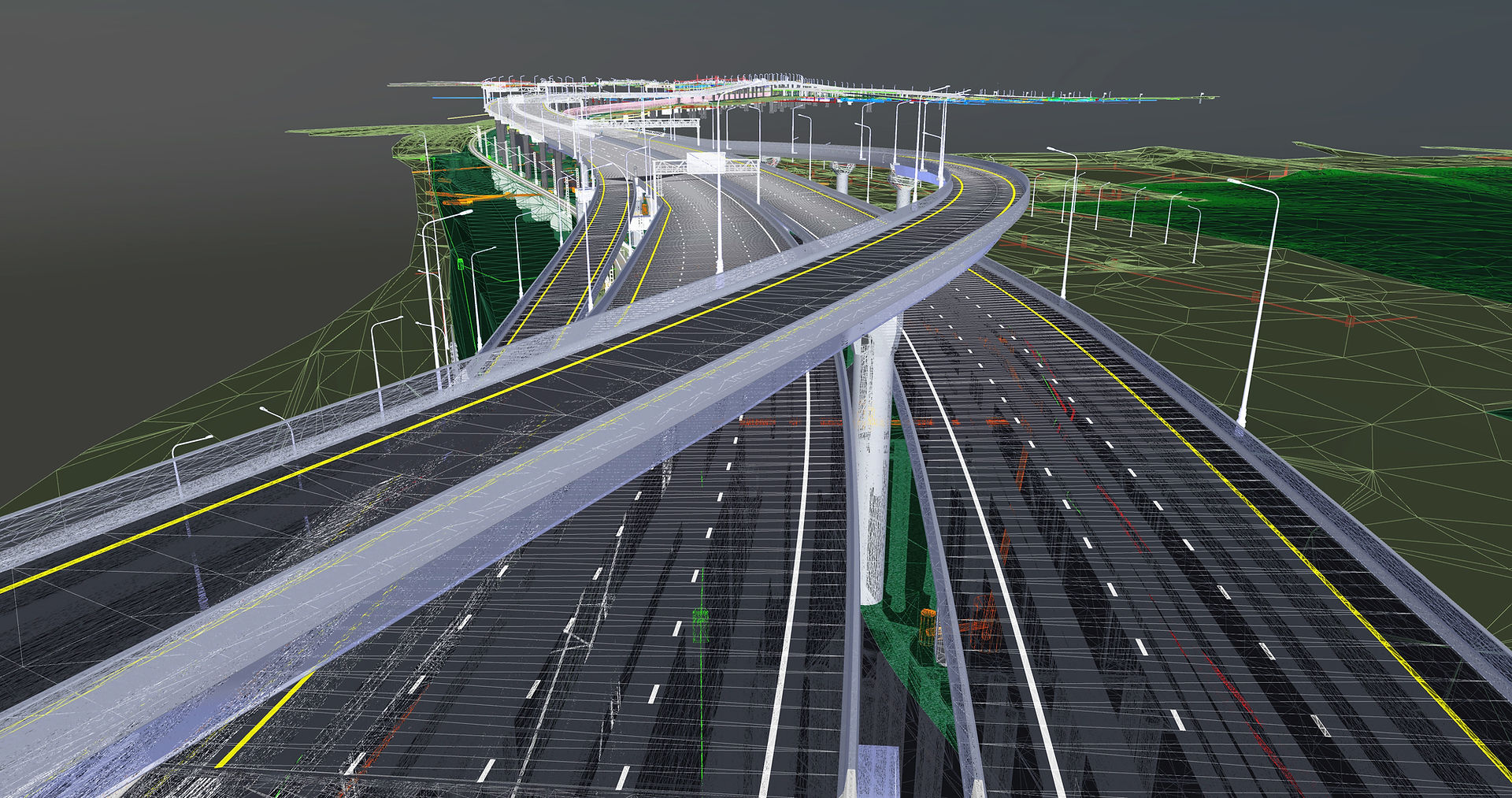Pavement Management System viadonau (EN)
- Markus Hoffmann
- Sep 28, 2018
- 2 min read
Updated: Feb 19, 2022
Vienna, September 2018:
In cooperation with the Vienna University of Technology, a pavement management system for 350 km of tow paths and roads along the Danube for viadonau was developed from 2010 to 2015. With the update from 2016 - 2018, essential functions for forecasting, maintenance and rehabilitation planning and budgeting were added.

Project title
Pavement Management System – maintenance and rehabilitation management for towpaths and roads along the river Danube
Customer
viadonau
Type
Research project
Duration
2010 to 2015 (Development) and 2016 to 2018 (Update)
Partner/Role
Vienna University of Technology – Institute of Transportation (as head of research group) with Katrin Haselbauer and Alexander Haberl as well as HOFFMANN CONSULT (Update) with Valentin Donev and Alexander Haberl
Project goals
Development of a new pavement management system, which includes all relevant aspects from condition survey and evaluation to M&R planning and budgeting as well as tendering in a comprehensive software tool and graphical interface.
Results
Based on the analysis of the requirements, a complete pavement management system for the tow paths and roads was developed and implemented in a software tool. Furthermore, the tool provides a GPS-based survey capability. The survey data was evaluated, cost and performance functions derived and forecasts of condition, cost and budgeting development up to 2030 have been carried out. The developed PMS represents a simple basic version compared to the new developed approaches and is used by viadonau in the course of the annual condition surveys and M&R planning. The ongoing documentation and input of the implemented measures allows the derivation of realistic cost functions for measure optimization and budgeting. The Pavement Management System has proven itself practically since its introduction and forms the basis for the now much more comprehensive approach for a PMS on the high-ranking road network (see Habilitation Hoffmann 2019 or dissertation Donev 2020). This enables a specific optimization of work-zone length, treatment selection and timing, including civil structures, which allows savings of at least 10-15% compared to all conventional approaches.





























Comments